Renovation Ideas for Your Home: Boost its Value

Dreaming of transforming your haven into a space that reflects your unique style and boosts its value? Look no further than strategic renovation ideas for your home! Whether you’re aiming to create a luxurious spa-like bathroom, a welcoming outdoor oasis, or an accessible haven for aging in place, renovations can unlock a world of possibilities.
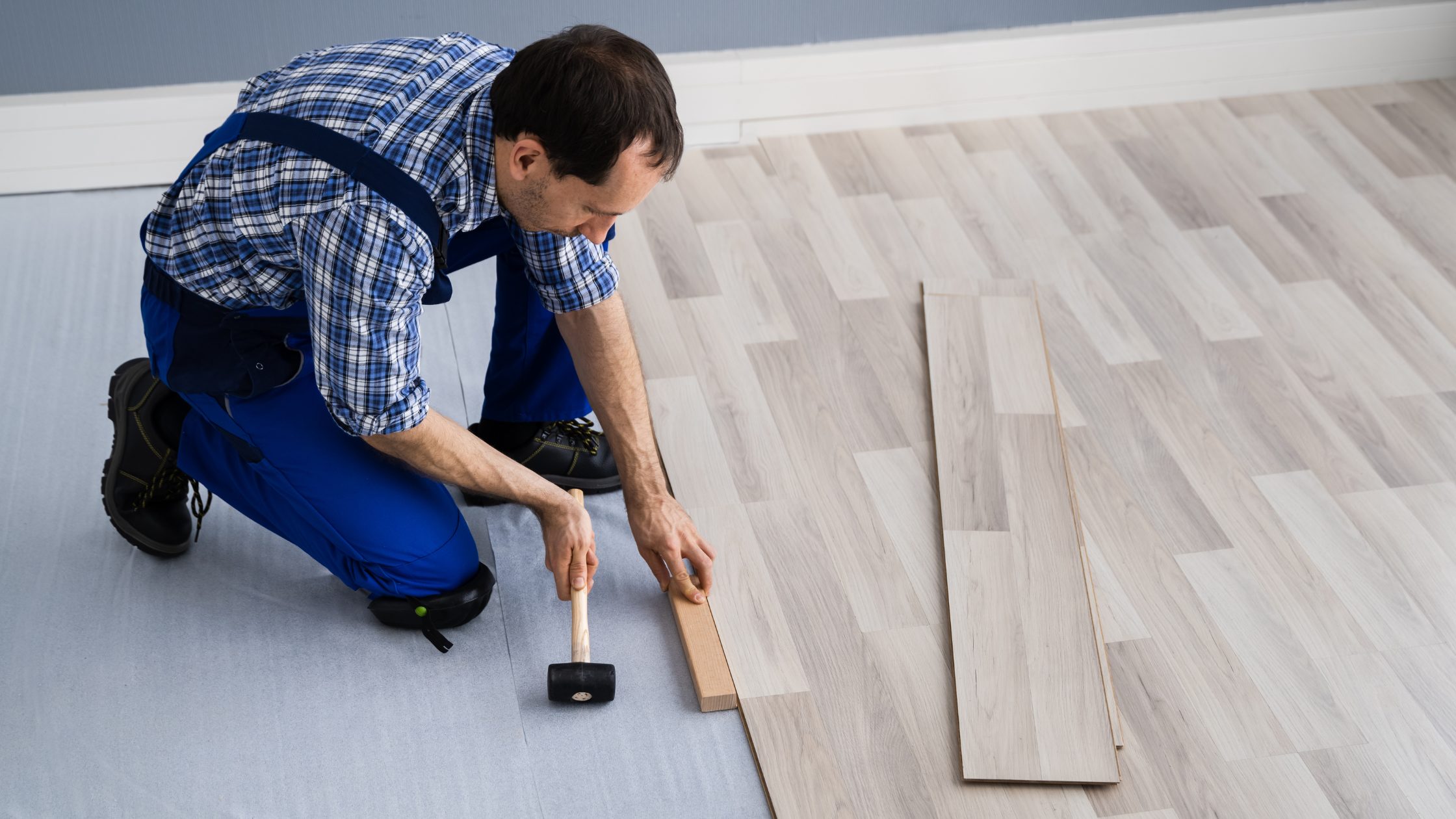
Unveiling ROI Gems: Top Renovation Ideas for Your Oasis
The beauty of renovation ideas for your home lies in their ability to personalize your space while simultaneously boosting its value. But with so many tempting options, where do you start? Here, we delve into some sought-after renovation ideas and their potential return on investment (ROI):
1. Kitchen Magic: The Heart of the Home Beats On
The kitchen reigns supreme for ROI in renovations. Replacing outdated appliances, cabinetry, and countertops can yield a 70-80% return, making it a wise investment. Consider energy-efficient appliances, durable quartz countertops, and timeless shaker cabinets for a classic touch that boosts your home’s value.
2. Bathroom Bliss: A Spa-Like Escape Awaits
Bathrooms are another hotspot for renovations, offering a 60-70% ROI. Think walk-in showers, double vanities, and heated floors for a luxurious feel. Remember, natural light and spa-inspired fixtures can significantly elevate the ambiance, creating a spa-like escape that is both beautiful and valuable.
3. Living Room Luxury: Entertain in Style
Living rooms are the hub of social gatherings, making them a prime target for renovations. Upgrading flooring, adding built-in bookshelves, or creating an open floor plan can yield a 50-60% ROI. Consider incorporating energy-efficient windows and fireplaces for added warmth, value, and a touch of luxury.
4. Outdoor Oasis: Expand Your Horizons
Embrace your surroundings by creating an inviting outdoor space with strategic renovations. Decks, patios, and landscaping can offer a 50-70% ROI, especially if they seamlessly blend with the natural environment. Think fire pits, pergolas, and built-in seating for ultimate relaxation in your oasis, adding both enjoyment and value to your property.
5. Curb Appeal Magic: First Impressions Matter
Don’t underestimate the power of curb appeal! Upgrading your siding, roofing, and entryway can yield a 70-100% ROI, significantly impacting your property value. Opt for low-maintenance materials and classic styles for lasting appeal, making a great first impression and boosting your home’s value.
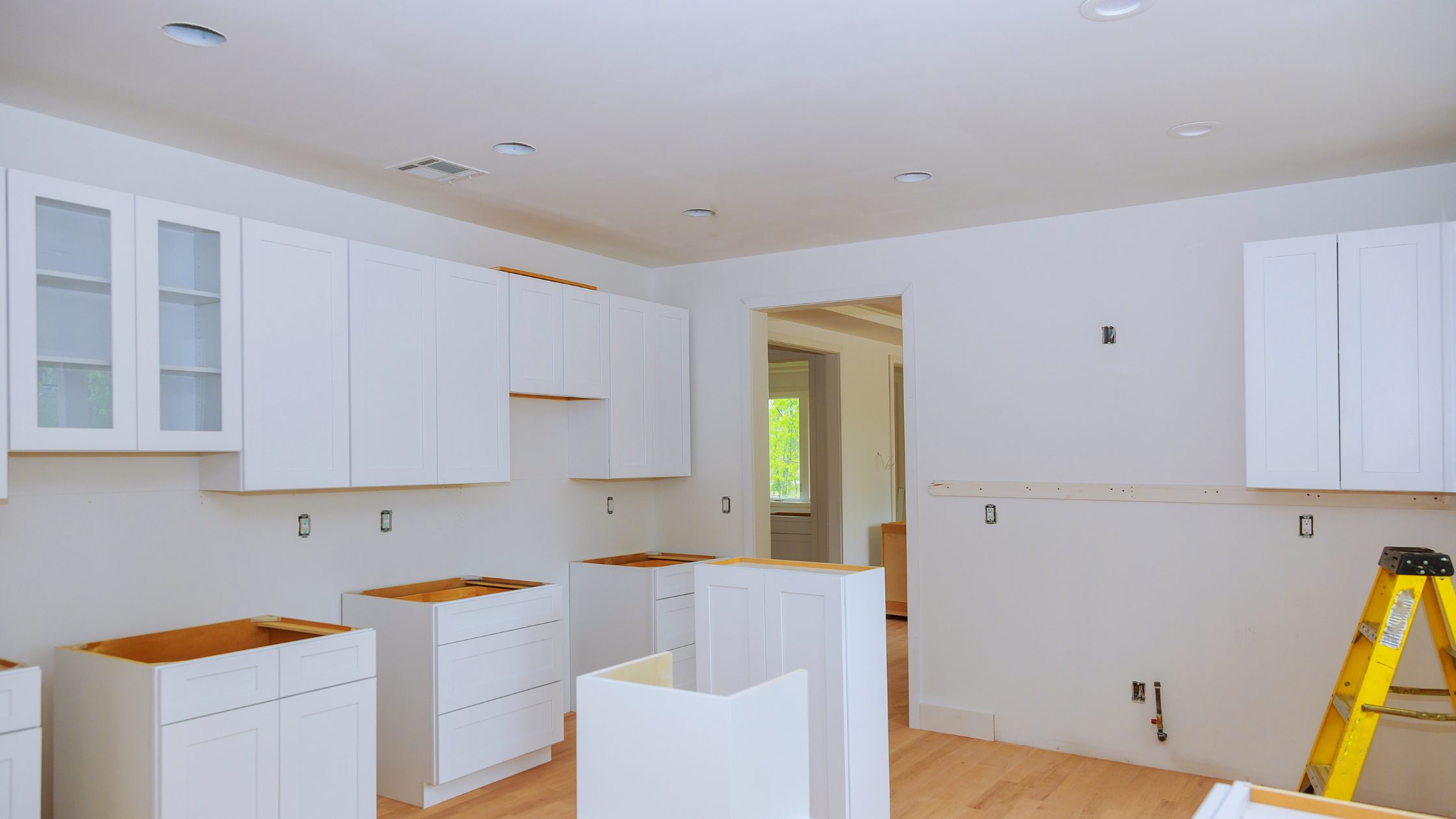
Beyond ROI: Renovation Ideas for Life’s Needs
While ROI is important, consider renovation ideas for your home that enhance your quality of life and cater to future needs. Here are some ideas:
6. Accessibility Upgrades: Aging in Place with Ease
As we age, accessibility becomes crucial. Widening doorways, installing grab bars, and opting for single-level living can not only improve your daily life but also make your home attractive to a wider range of buyers, potentially increasing its value and boosting its marketability.
7. Energy Efficiency: Saving Money and the Planet
Investing in energy-efficient upgrades like insulation, smart thermostats, and solar panels can yield long-term cost savings and environmental benefits. Plus, energy-efficient homes are increasingly sought-after, potentially boosting your resale value and making your home more attractive to environmentally conscious buyers.
8. Multi-Generational Living: Harmony Under One Roof
With the rise of multi-generational living, consider adding in-law suites or separate living quarters through renovations. This can cater to your family’s needs while potentially increasing your property’s value and marketability, creating a harmonious living space for everyone.
9. Home Office Haven: The Remote Work Revolution
The remote work trend is here to stay. Creating a dedicated home office space with renovations can not only enhance your productivity but also add value to your property, especially in technology-driven markets. Attract potential buyers working from home by providing a dedicated workspace that seamlessly integrates into your home.
Remember: Before embarking on any renovations, consult with licensed professionals, obtain necessary permits, and factor in your budget and long-term goals. By carefully considering these factors and focusing on high-impact upgrades, you can transform your space into a beautiful, functional, and valuable asset.
P.S. As a licensed real estate salesperson, I can help you navigate the selling or buying process in the Hudson Valley. Feel free to contact me for a personalized consultation!
The Ultimate Guide to Successful House Showings
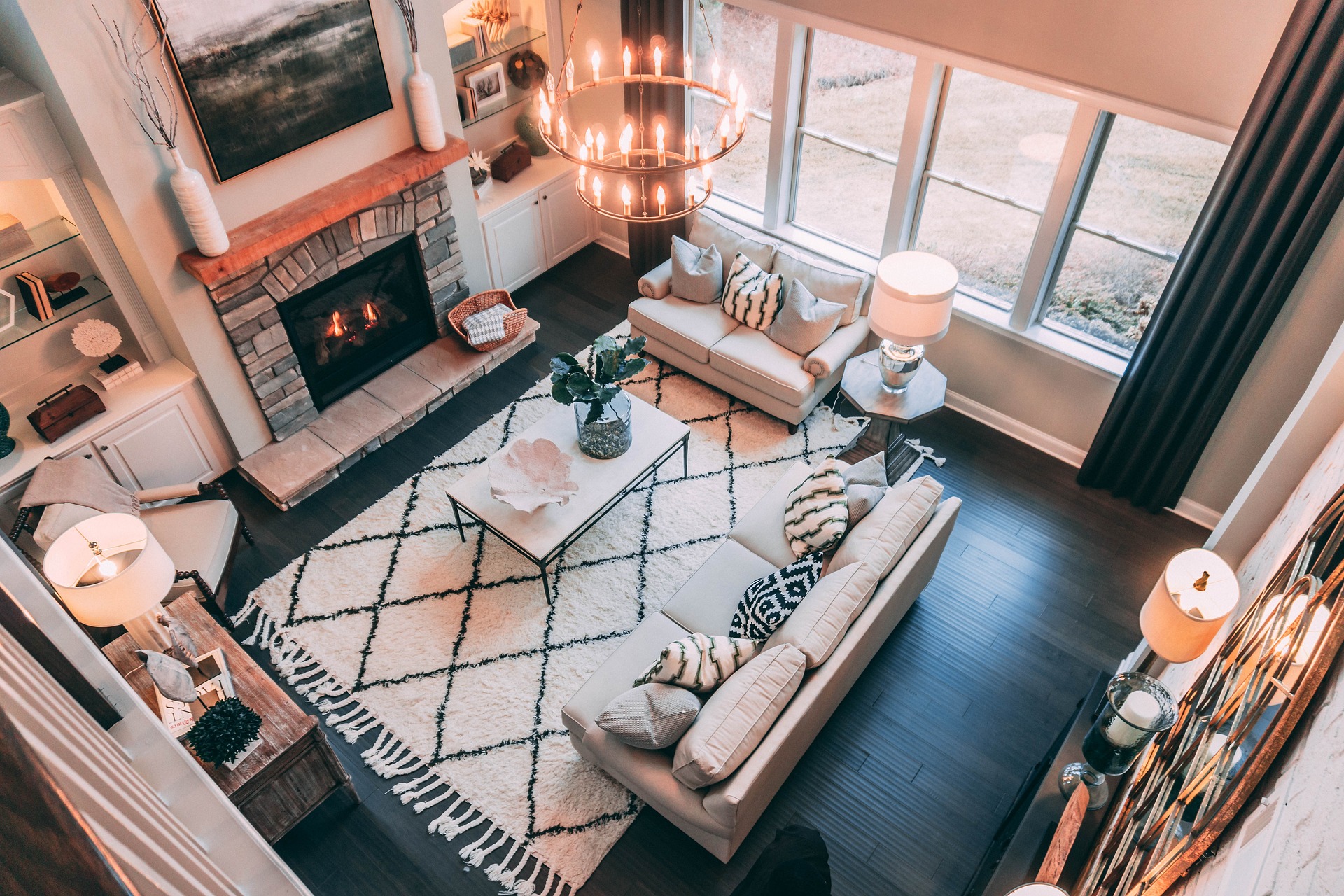
Hey there, future home sellers! As a real estate expert and blogger, I’ve seen firsthand how important it is to prepare your home for successful house showings. Selling your home can be an exciting yet nerve-wracking experience, and you want to ensure that you make a great impression on potential buyers. That’s why I’m here to share my personal tips on how to get your home ready for successful house showings.
During the house showing process, potential buyers visit your property and decide if it’s the right fit for them. Making a great first impression is crucial, and it starts with preparing your home. Trust me, putting in a little bit of effort and time upfront can go a long way in helping you sell your home quickly and at the best possible price.
In this blog post, I’ll walk you through the steps I took to prepare my listings for successful house showings. From decluttering and deep cleaning to staging and enhancing curb appeal, I’ve got you covered. I’ll also share some final tips to help you make your home stand out during a showing and create a positive experience for potential buyers.
So, grab a cup of coffee and let’s dive into how to prepare your home for successful house showings!
Step 1: Declutter and Depersonalize
The first step in preparing your home for successful house showings is to declutter and depersonalize your space. Potential buyers want to envision themselves living in your home, and this can be difficult if they are distracted by personal items and clutter.
Start by removing any excess furniture and items that are taking up unnecessary space. Pack away items that are not needed and donate or sell any items that you no longer want or need. The goal is to create a spacious and inviting environment that allows potential buyers to focus on the features of your home.
Additionally, depersonalizing your space is important. Remove any personal photos, trophies, and mementos.
Finally, be sure to clean and organize all closets, cabinets, and drawers. Potential buyers will want to see ample storage space, so make sure that everything is tidy and organized.

Step 2: Deep Clean Your Home
Once you’ve decluttered and depersonalized your space, the next step is to deep clean your home. A clean home looks more appealing to potential buyers.
Start by dusting and wiping down all surfaces, including baseboards, ceiling fans, and light fixtures. Be sure to clean all windows and mirrors, and vacuum or sweep all floors. If you have carpet, consider having it professionally cleaned to remove any stains or odors.
In addition to the standard cleaning tasks, pay special attention to areas that may be easily overlooked. For example, clean the inside of your oven, wipe down your refrigerator and freezer, and clean out your garbage disposal. These small details can make a big difference in how your home is perceived during a showing.
If you’re short on time or would prefer to have a professional handle the cleaning, consider hiring a cleaning service to deep clean your home. A professional cleaning can be well worth the investment and can help ensure that your home looks its best during a showing.

Step 3: Stage Your Home
Staging your home is another critical step in preparing your home for successful house showings. The goal of staging is to highlight your home’s best features and create a welcoming environment that potential buyers will love.
Start by arranging your furniture in a way that maximizes the space and highlights your home’s best features. If you’re not sure where to start, consider hiring a professional home stager to help you create an inviting and appealing space.
Next, add some decorative touches that will help make your home feel more inviting. For example, add fresh flowers or plants, and incorporate some cozy throw pillows or blankets. Consider adding some artwork or decorative pieces to add visual interest to your space.
Don’t forget about lighting. Make sure that all rooms are well-lit and that any dim areas are addressed with additional lighting. This will help make your home feel bright and welcoming, which is essential for a successful house showing.
Finally, make sure that your home smells great. Consider adding some subtle scents, such as fresh flowers or candles, to make your home feel warm and inviting. Avoid using strong or overpowering scents, as this can be off-putting to some potential buyers.

Step 4: Make Necessary Repairs and Updates
Start by addressing any minor repairs, such as fixing leaky faucets, patching holes in the walls, and replacing any burned-out light bulbs. These small repairs can make a big difference in how your home is perceived during a showing.
Next, consider making any necessary updates or improvements to your home. This could include updating your kitchen or bathrooms, replacing outdated fixtures or appliances, or repainting rooms that need a fresh coat of paint. These updates can not only improve your home’s functionality and appearance, but they can also make it more attractive to potential buyers.
If you’re not sure where to start, consider hiring a professional home inspector to evaluate your home and identify any necessary repairs or updates. This can help ensure that you’re addressing all necessary issues before listing your home for sale.

Step 6: Highlight Your Home’s Best Features
When preparing your home for successful house showings, it’s important to showcase your home’s best features. This will help potential buyers see the unique qualities of your home.
Start by identifying your home’s standout features. This could include architectural details, such as a fireplace or crown molding, or unique amenities, such as a pool or outdoor living space. Once you’ve identified your home’s best features, highlight them during showings by ensuring they are clean, well-maintained, and prominently displayed.
You can also use strategic staging to draw attention to your home’s best features. For example, if your home has a beautiful view, make sure the window treatments are open during showings to let in natural light and showcase the view. Or, if your home has a spacious master bedroom, arrange furniture in a way that highlights the room’s size and storage potential.
By highlighting your home’s best features, you can make it stand out from other homes on the market and increase its appeal to potential buyers. Just be sure to focus on features that will be most attractive to your target buyer demographic.

Successful House Showings Final Thoughts
Preparing your home for successful house showings requires careful planning and attention to detail. By following the steps outlined in this guide, you can ensure that your home is in its best condition when potential buyers come to view it.
Remember to start by decluttering and depersonalizing your home, and then focus on deep cleaning and staging it to showcase its best features. Creating a warm and welcoming atmosphere can also make a big difference in how potential buyers perceive your home.
Finally, it’s important to take care of any necessary repairs before putting your home on the market. By addressing any issues upfront, you can avoid any surprises during the closing process and increase the chances of a successful sale.
With these tips in mind, you can feel confident in your ability to prepare your home for successful house showings and attract the right buyers to make a great deal.

How to Avoid a Foreclosure: Overview and Process

For many homeowners, the thought of losing their home to foreclosure can be a frightening and stressful experience. If you’re struggling to make your mortgage payments due to financial difficulties, I want you to know that you’re not alone. In this post, we’ll explore what foreclosure is, how it works, and most importantly, what options you have to avoid it. My goal is to provide you with the information and resources you need to keep your home and move forward with confidence. So let’s dive in!

What is a Foreclosure?
Foreclosure is the legal process by which lenders take possession of a property when borrowers fail to make mortgage payments. Lenders typically send a notice of default when borrowers fall behind on payments, notifying them that they are in breach of their loan agreement, and that foreclosure proceedings may begin.
Foreclosure proceedings vary by state, but generally involve a court process in which lenders petition the court to take possession of the property. The court may order the sale of the property to repay the outstanding debt owed to the lender. In some states, foreclosure can also result in borrowers being held responsible for any deficiency.

How Does Foreclosure Work?
Here is a general overview of the foreclosure process:
Notice of Default:
When a borrower falls behind on their mortgage payments, the lender will typically send a notice of default. This is a formal notification that the borrower is in breach of their loan agreement and that the lender intends to begin foreclosure proceedings.
Pre-Foreclosure:
After a notice of default has been issued, the borrower enters a pre-foreclosure period. During this time, the borrower may be able to work out a solution with the lender to avoid foreclosure. Options include loan modifications, repayment plans, or forbearance agreements.
Foreclosure Sale:
If the borrower is unable to work out a solution with the lender, the property will be put up for sale at a public auction. The highest bidder will typically be required to pay in cash, and the sale proceeds will go to the lender to repay the outstanding debt.
Post-Foreclosure:
If the property is not sold at auction, it will be returned to the lender. The lender may then attempt to sell the property through a real estate agent or other means. If the sale of the property does not cover the outstanding debt owed to the lender, the borrower may be held responsible for the difference. The term REO or Real Estate Owned reflects a bank-owned post-foreclosure property.

Options to Avoid Foreclosure
Foreclosure can be a devastating experience for homeowners, but there are options available to help them avoid losing their homes. Here are some of the most common options:
Loan Modification:
A loan modification is a permanent change to the terms of the borrower’s mortgage loan. This can include a reduction in interest rates, a change in the loan term, or a reduction in the principal amount owed.
Repayment Plan:
A repayment plan is an agreement between the borrower and the lender to pay back the missed payments over a set period of time.
Forbearance Agreement:
A forbearance agreement is a temporary pause in mortgage payments. The borrower and lender agree to a set period of time during which the borrower does not have to make payments.
Refinance:
Refinancing involves replacing an existing mortgage loan with a new one. This can be an option if the borrower has improved their credit score or if interest rates have decreased.

Last Alternative to Avoiding Foreclosure
Finally, if all other alternatives are exhausted and the borrower still wants to avoid foreclosure, they would need to sell the property: If unable to make up their mortgage payments, they may be able to sell the property before foreclosure proceedings begin.
There’s always options
Foreclosure is a serious legal matter, and it’s important to explore all options available to avoid it. If you’re facing foreclosure, seek the advice of a qualified attorney. They can help you understand your legal rights and options. Remember, there are resources available to help you so don’t wait until its too late.
10 Tips For Selling Your Home in 2023
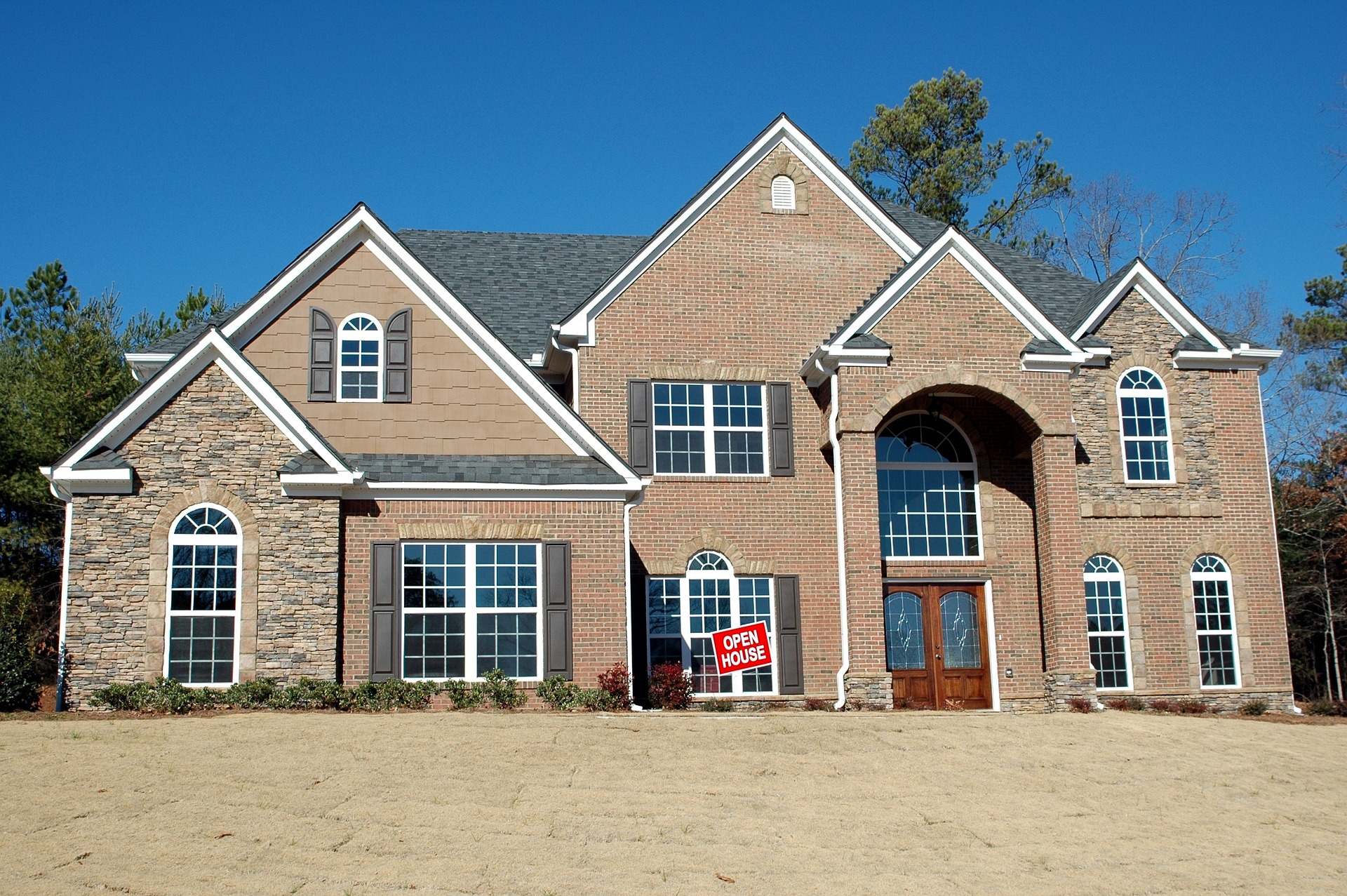
Selling your home can be an overwhelming and stressful experience, but with the right strategy and preparation, you can maximize your chances of selling your home quickly and at a good price. Whether you are a first-time seller or a seasoned pro, there are certain steps you can take to make your home stand out from the crowd and attract potential buyers. In this blog post, we’ll provide you with 10 tips for selling your home in 2023.
1 – Get your home ready for sale
The first step in selling your home is to prepare it for sale. This means decluttering and cleaning every room, making any necessary repairs, and sprucing up your home’s curb appeal. Start by removing any unnecessary items from your home, such as excess furniture, decorations, and personal items. Clean every room in your house thoroughly, paying special attention to the kitchen and bathrooms. Make any necessary repairs, such as fixing leaky faucets, replacing light bulbs, and patching holes in the walls. Finally, give your home’s exterior a makeover by trimming the lawn, planting flowers, and repainting the front door if needed.

2 – Price your home correctly
Pricing your home correctly is crucial if you want to sell it quickly and at a good price. Overpricing your home can deter potential buyers, while underpricing it can leave money on the table. To determine the right price for your home, research the local real estate market and compare the prices of similar homes in your area. You can also consult with a real estate agent or appraiser to get an accurate valuation of your home.

3 – Hire a reputable real estate agent
A good real estate agent can be invaluable when selling your home. A reputable agent can help you price your home correctly, market it effectively, and negotiate with potential buyers. Look for an agent with a proven track record of success in your local market, and don’t be afraid to ask for references and check their online reviews.
4 – Stage your home for sale
Staging your home for sale involves making your home look its best for potential buyers. This can involve rearranging furniture, adding or removing decor, and highlighting your home’s best features. The goal of staging is to help potential buyers envision themselves living in your home. You can hire a professional stager or do it yourself using online resources and tips.

5 – Take high-quality photos and videos
In today’s digital age, most homebuyers begin their search online. This means that high-quality photos and videos are essential for attracting potential buyers. Hire a professional photographer or take your own photos using a high-quality camera. Be sure to take photos of every room in your home, as well as the exterior and any unique features or amenities.
6 – Market your home effectively
Marketing your home effectively is key to attracting potential buyers. This can involve listing your home on multiple real estate websites, creating a virtual tour or video walkthrough, and promoting your home on social media. Your real estate agent should be able to help you create a comprehensive marketing plan that reaches potential buyers across a variety of channels.
7 – Be flexible with showings
When selling your home, you’ll need to be flexible with showings. This means being prepared to show your home at a moment’s notice and accommodating potential buyers’ schedules. Keep your home clean and tidy at all times so that you can quickly prepare for showings, and be willing to leave your home during showings so that potential buyers can explore it freely.

8 – Respond quickly to offers
When you receive an offer on your home, it’s important to respond quickly. This shows potential buyers that you are serious about selling your home and can help you avoid losing out on a sale. Work with your real estate agent to review and respond to offers promptly, and be open to negotiating with buyers to find a mutually agreeable price.
9 – Make necessary repairs before closing
Before closing on the sale of your home, you may need to make repairs that were identified during the home inspection. Be prepared to negotiate with the buyer about which repairs you will make and how they will be paid for. It’s important to make any necessary repairs before closing to avoid delays or issues with the sale.

10 – Work with a reliable real estate attorney
Finally, before even listing your home, find a reliable real estate attorney. Not all states require one, but in order to sell real estate in New York State you do. Having a reliable one who is experienced in real estate transactions in your area can help ensure that everything runs smoothly. They ensure that all necessary documents are signed and filed correctly, that the transfer of ownership goes smoothly, educate you on your process and ensure that you are aware of any and all potential issues that may arise. It’s best to stick to one who is local as they understand the local municipal rules and regulations. Also, be sure to research potential real estate attorneys and choose one with a good reputation and track record of success. Typically, your real estate agent can suggest great ones to work with.
In conclusion, selling your home can be a challenging process, but with the right preparation, strategy and team, you can maximize your chances of success. By getting your home ready for sale, pricing it correctly, hiring a reputable real estate agent, staging it for sale, taking high-quality photos and videos, marketing it effectively, being flexible with showings, responding quickly to offers, making necessary repairs before closing, and working with a reliable real estate attorney, you can sell your home quickly and at a good price.
Good luck!
Turning your investment property into an Airbnb: Is it for you?
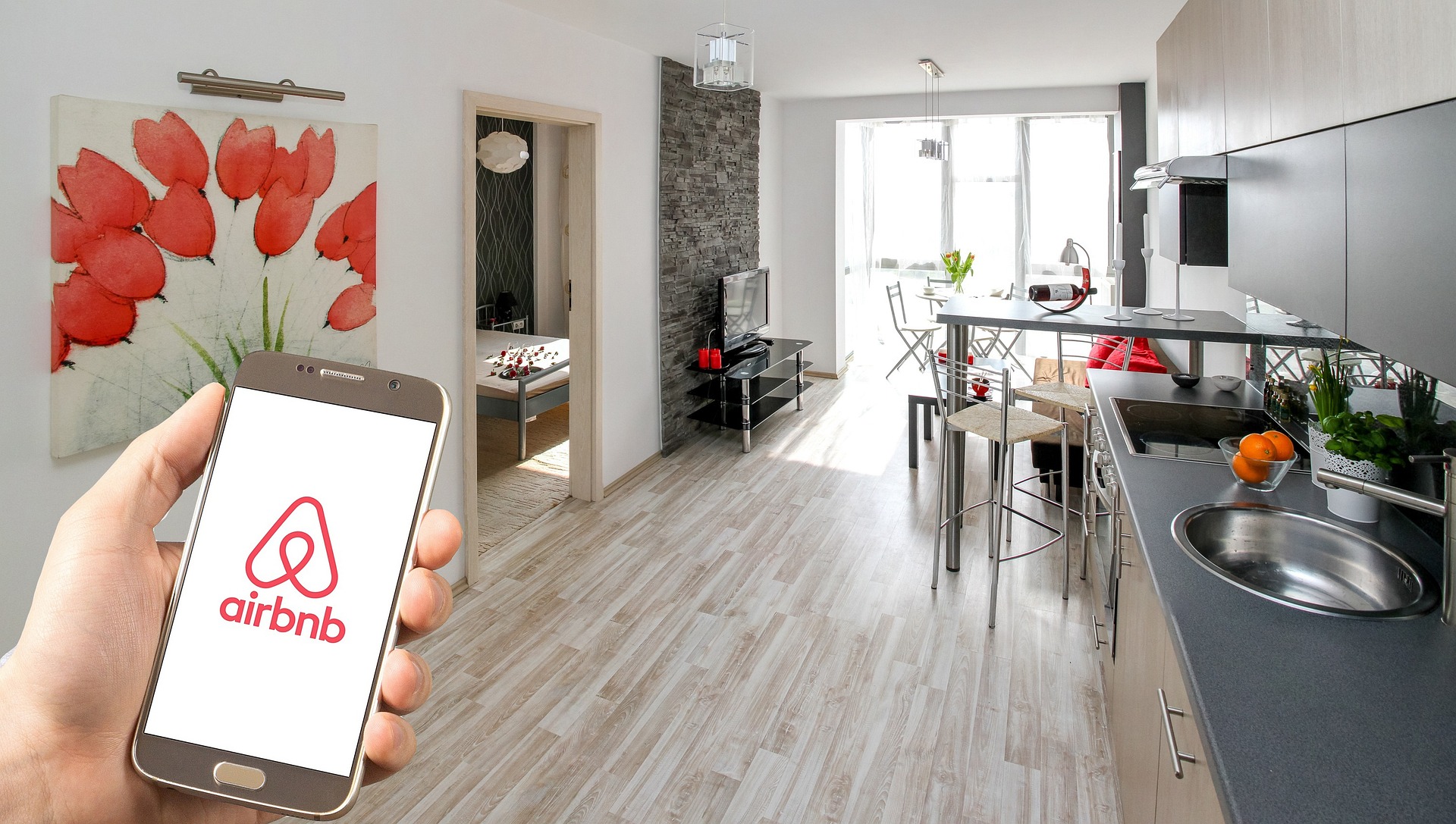
Turning your investment property into an Airbnb: Is it for you? As you try to figure out the best path for your investment property, you may be bombarded with different options. With the right strategy, it can reap great financial benefits. But, with so many options available, it can be challenging to determine which path is the best for you.
One option that has gained popularity in recent years is turning an investment property into an Airbnb rental. This model offers many benefits, but it also comes with its own set of risks and challenges. Here, we will explore the pros and cons of turning an investment property into an Airbnb rental and hopefully help you determine if it’s the right choice for you.

The pros of turning your investment property into an Airbnb:
High potential for rental income
Airbnb rentals can often generate higher rental income than traditional long-term rentals. This is because Airbnb rentals are typically rented out on a short-term basis. Short-term basis allows the owner to charge a premium for the convenience and flexibility of the space.
Increased flexibility
Unlike long-term rentals, which typically require a lease agreement that binds the tenant to the property for a set period of time, Airbnb rentals offer much greater flexibility. Property owners can choose when to make their property available for rent. They can easily change the rental amount depending on the season, local events, and other factors that impact demand.

Potential for increased property value
With the rise of Airbnb, many areas have seen a surge in property values as buyers look to cash in on the potential rental income from Airbnb rentals. This can be particularly true in tourist-heavy areas where Airbnb rentals are in high demand.
Ability to leverage local knowledge
As the owner of an Airbnb rental, you have a unique opportunity to leverage your local knowledge to provide a more enjoyable experience for your guests. This can include offering recommendations for local attractions, restaurants, and events, or providing insider tips on the best places to visit in the area.

The cons of turning your investment property into an Airbnb:
Increased competition
As Airbnb becomes more popular, the competition for rental properties is increasing. This means that property owners need to be proactive in promoting their listings and ensuring they stand out from the crowd.
More complex regulations
Turning an investment property into an Airbnb rental can involve navigating a more complex regulatory environment. This includes dealing with local zoning and licensing regulations, as well as taxes and insurance requirements.

Increased responsibility
As the owner of an Airbnb rental, you are responsible for ensuring that your property is well-maintained and in good condition. This includes regular cleaning and dealing with maintenance issues. You would also have to ensure that the property is equipped with the necessary amenities and furnishings to provide a comfortable stay for your guests.
Potential for decreased property value
In some areas, Airbnb rentals have been associated with a decline in property values. This is particularly true in areas where the influx of short-term renters has disrupted the local community and led to increased noise, traffic, and other issues.
Some locations and property types don’t work
Long term rentals can be placed anywhere, but Airbnb’s cannot. Locations for Airbnb’s are highly important if you want to reap great returns. It should be in close proximity to attractions or destinations that have a good influx of visitors. The location should also be easy to get to from the Airbnb. Property types and amenities can affect reservations as well. Some rentals won’t get as many reservations as others due to their layout or lack of amenities, unlike with long term rentals, which wouldn’t matter as much.

Is turning your investment property into an Airbnb for you?
Turning an investment property into an Airbnb rental can be a lucrative and rewarding strategy, but it also comes with its own set of challenges. Before making the decision to turn your investment property into an Airbnb rental, it’s important to weigh the pros and cons. Consider factors before going this route, such as local market conditions, competition, and regulations. It’s also important to be well-prepared and informed. This includes researching local taxes, investing in quality furnishings and familiarizing yourself with the area and local attractions.
Ultimately, the decision to turn your investment property into an Airbnb rental will depend on your personal goals and circumstances. If you’re looking for a flexible and potentially high-income investment opportunity, Airbnb rentals can be a great choice. But if you’re looking for a more stable, long-term investment, traditional long-term rentals may be a better option.

 Facebook
Facebook
 X
X
 Pinterest
Pinterest
 Copy Link
Copy Link



























